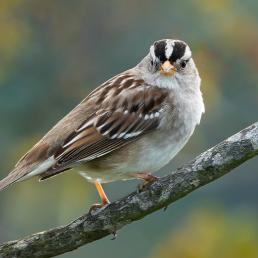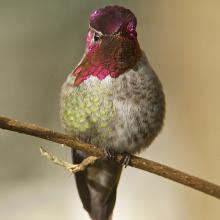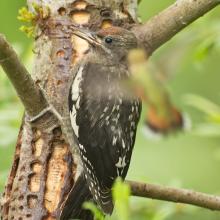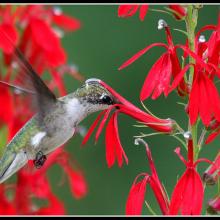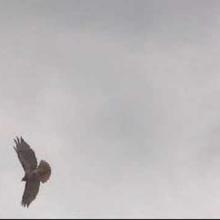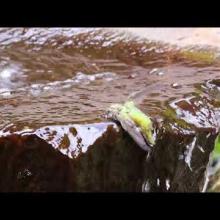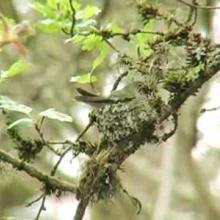

Join BirdNote tomorrow, November 30th!
Illustrator David Sibley and actor H. Jon Benjamin will face off in the bird illustration battle of the century during BirdNote's Year-end Celebration and Auction!
On Mother's Day, we gave avian moms their due. Now it’s time for the bird dads. Just like with females, these guys employ many different strategies for raising their young. Here we present the “Father Knows Best Awards” for distinctive parenting, in honor of Father’s Day.
Most Innovative Dad: Malleefowl
The male of this large ground-dwelling Australian species takes nearly a year to build what’s called a Malleefowl mound, an incubation heap of compostable materials like soil and leaves that can be up to 72 feet wide and 3 feet tall. The female lays her eggs in the mound, where heat from decaying and fermentation incubates them. Dad adds or removes material as necessary to maintain temperature control for his chicks-to-be. As one bird expert put it, “The Malleefowl represents an impressive kind of avian fatherhood.”
Clutch size: 18
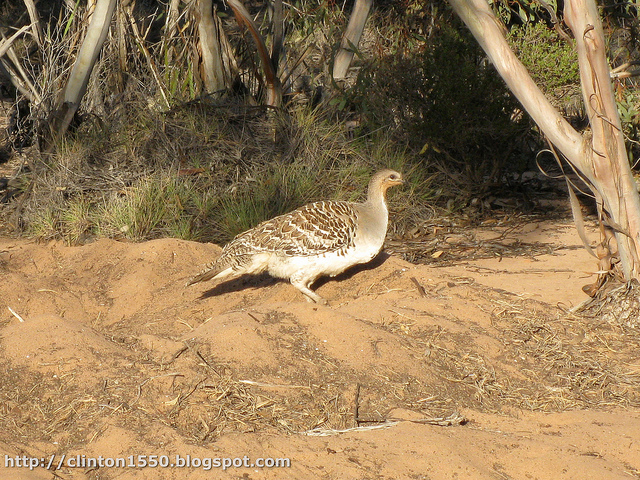
Best Provider: Red-tailed Hawk
The male of this common North American bird of prey brings home the bacon, so to speak. What he’s actually bringing are rodents and other small mammals, plus some birds and reptiles, to the mother of his chicks and eventually, his young. He helps incubate the eggs, too. Once the chicks arrive, the male still fetches dinner and the female preps it by tearing it up for their offspring.
Clutch size: 2-3
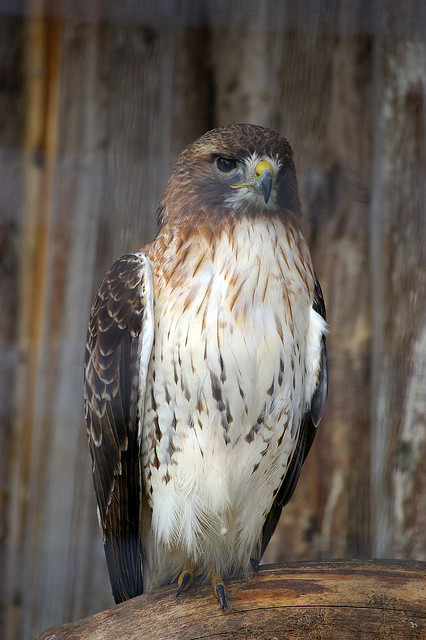
Best Single Dad: Red Phalarope
After the female lays her eggs, she scrams and the male of this pelagic species takes over, incubating the eggs for three weeks and then raising his chicks alone. Granted, dad doesn’t have to feed the babies—from day one, they can walk, run, swim, and find their own meals—but he sticks around for two weeks after they hatch, calling to his young with a Whe-eep, then landing nearby when they respond.
Clutch size: 4
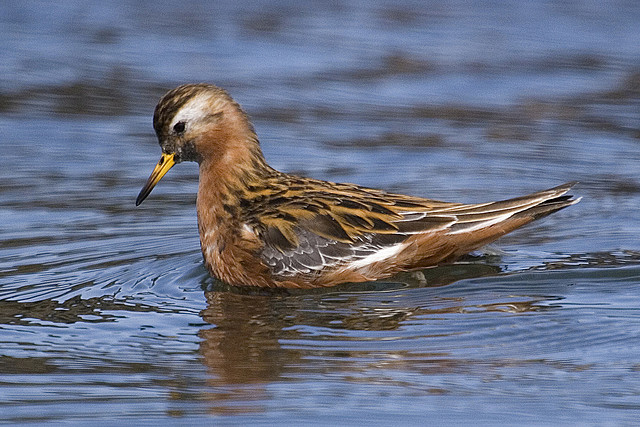
Best Parenting Partner: Emperor Penguin
After mom lays a single egg, she immediately transfers it to papa’s feet, where it stays warm under a brood pouch of skin and feathers. The female heads off to sea for weeks, leaving dad to fend for himself against the frigid Antarctic winter. (Finding themselves in similar circumstances—alone in the cold—many Emperor penguin males huddle together for warmth.) Once mom returns, refreshed and well fed, dad takes off for his weeks-long feast. Eventually, mom and dad take turns feeding their young, in what might be described as avian co-parenting.
Clutch size: 1
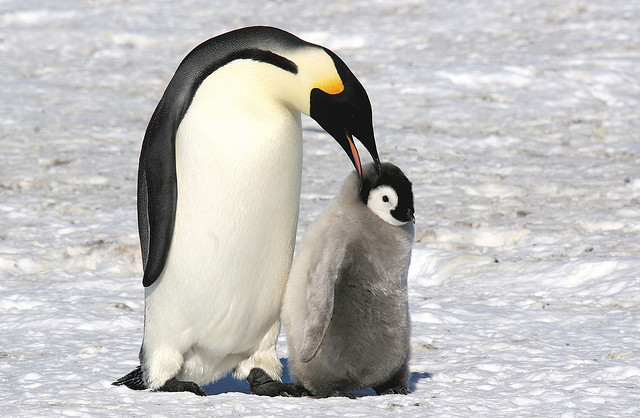
Deadbeat Dad: Allen’s Hummingbird
Sure, the male’s flashiness may help him score a female initially, but he does nothing to help prepare for the chicks—the female builds the nest—much less tend to them. In fact, pair bonding is relatively non-existent for this species. Mom incubates the eggs alone. She turns them by herself. And once they’re born, she broods day and night for at least 10 days. By that point, Dad’s long gone.
Clutch size: 2
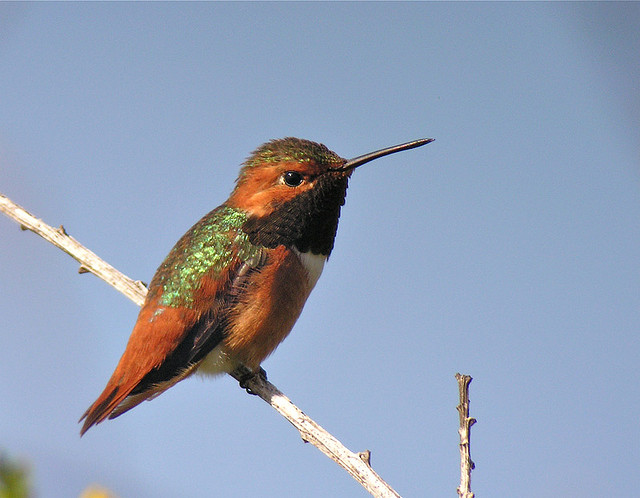
###
This blog courtesy of AudubonMagazine.org. It originally appeared on June 15, 2012.
